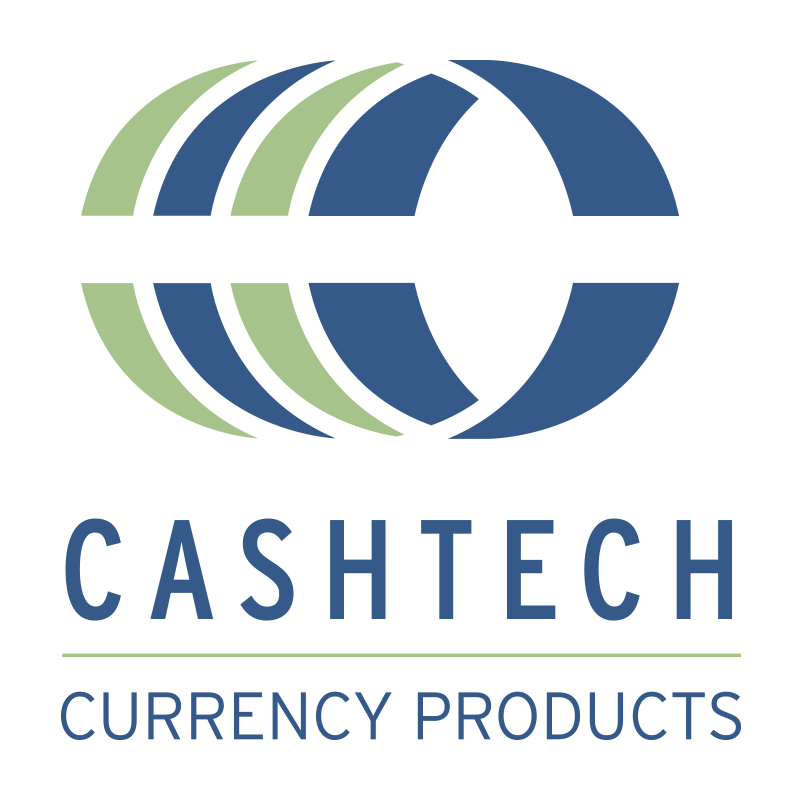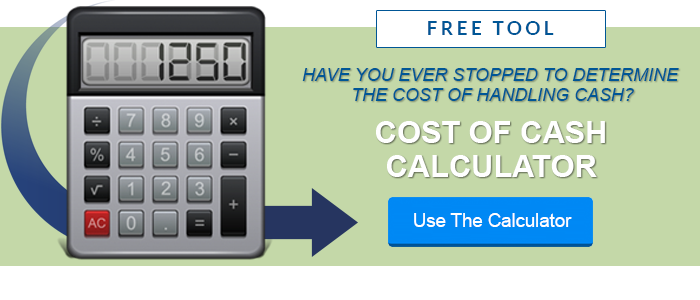How much cash should be in your cash drawer? It’s a key question for businesses of all sizes in many industries. Retailers often wonder if their cash register float breakdown is good enough. They might wonder how to break down change for the cash drawer and when to deposit money from the cashier’s till.
As a retailer, you’re aware of the risks of having both too much and too little in the drawer. Finding the perfect balance is a challenge, particularly because there is no average amount to have in your cash drawer. It depends on your business type, how often customers pay with cash, and your cash volumes throughout the day.
As you consider the question to determine how much cash to keep in the cashier’s till, the following tips may help. With these tips in mind, you should be able to find the right amount to keep in the cash drawer.
Too Little Cash Causes Problems
If you’ve ever worked as a cashier first thing in the morning, you might have been hesitant to accept a large denomination for a small purchase. When you’ve just opened your cashier’s till, making change for large denominations can quickly deplete your float.
This situation can also happen if a supervisor or cash manager has just taken a pick-up from the till. They’ve left some cash in the drawer to make change, but it may not be enough.
Cash managers work hard to make optimal floats, but the issue of having too little cash in the drawer is still common. Cashiers may have to buy change more frequently, and customers may need to wait since it takes longer to make change.
Cashiers might also have to get creative if they don’t have enough in their till to buy change or if the cash office is low on funds. They may need to borrow from other tills, which can reduce cashier accountability and create headaches for the cash attendants who will reconcile the tills later.
The Risks of Too Much Cash
On the other hand, too much cash comes with its own issues. After all, large floats in the cash drawer eat into your business’s cash flow. The money you have sitting in the drawers could be in your bank account instead.
Managing Fluctuations from Day to Day
Having too much cash on hand also speaks to inefficiencies in your cash handling processes. This is especially true if you have days where you have too much cash, and other days where the floats are too small. This suggests you’re under- and over-depositing cash on an alternating basis. This leads to inefficiencies not just in floats, but in making deposits and scheduling CIT pickups. It could mean you’re running up extra fees as well.
The Optimal Amount of Cash
Just how much cash should you be keeping in the drawer? It depends on the average value of a sale in your business. If it’s under $200, then keeping about $200 in the till is a good practice. If your average sale is over that amount, you’ll need to adjust accordingly.
You can split this amount up as you see fit, but you’ll want to include more of the commonly issued bills and coins. For example, your cashiers likely hand out more $5 dollar bills than $10 dollar bills, so be sure to stock their tills with more of these bank notes.
You’ll want to decide on a maximum amount of money that can be in the cashier’s till, too. Once you’ve hit that number, you’ll want to pull out the excess amount and place it in your safe, which is known as a “cash drop.”
Cash Handling Technology Can Help
As mentioned, the more cash you need on hand for floats, the less you have sitting in your bank accounts. If your business needs a large float, that can mean keeping substantial amounts of cash on hand.
A coin and banknote recycler can help in this situation. You may not be able to reduce the float you need, but you can reuse some of the funds coming into your business. Instead of needing to supply cash from the outset, your cashiers can draw their floats from the incoming funds.
In turn, you don’t need to keep as much cash on hand. Your working capital is freed up, and your bank accounts get a boost.
By keeping the amount of cash you need in the drawer to a minimum, you can mitigate risks.
Cash Management Software Can Give You Insight into Cash Trends
Smart safes as well as coin and banknote recyclers can be integrated with cash management software. This software enables you to efficiently track and manage your company’s cash. It comes with a wealth of features, including remote deposit management, cash order management, and reporting and analytics.
Cash forecasting, in particular, is a software capability that gives you insights into your business’s cash trends. It can let you know how much cash you need on hand at any given time based on historical trends. This can effectively eliminate the risk of having too much or too little money in the cash drawer, even when demand fluctuates day to day. This makes it easy to reduce your required cash supply while increasing cash flow and business efficiency.



